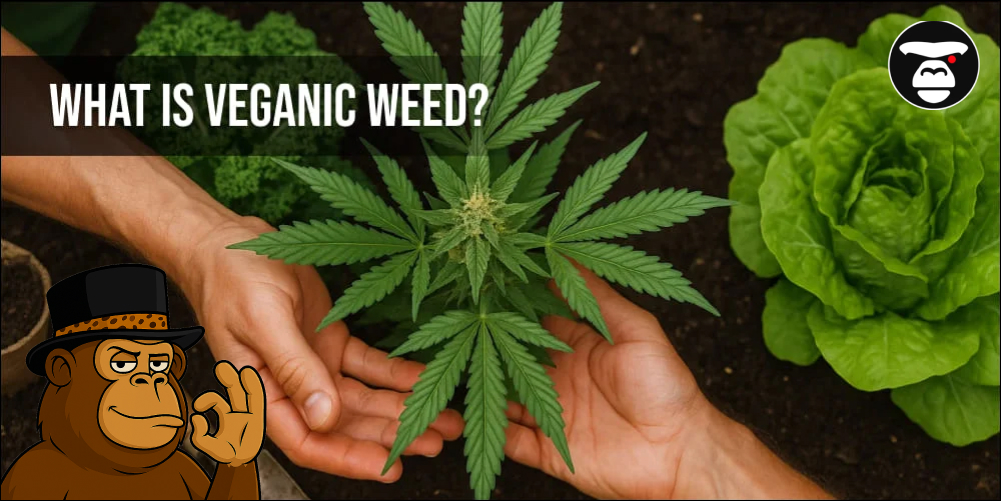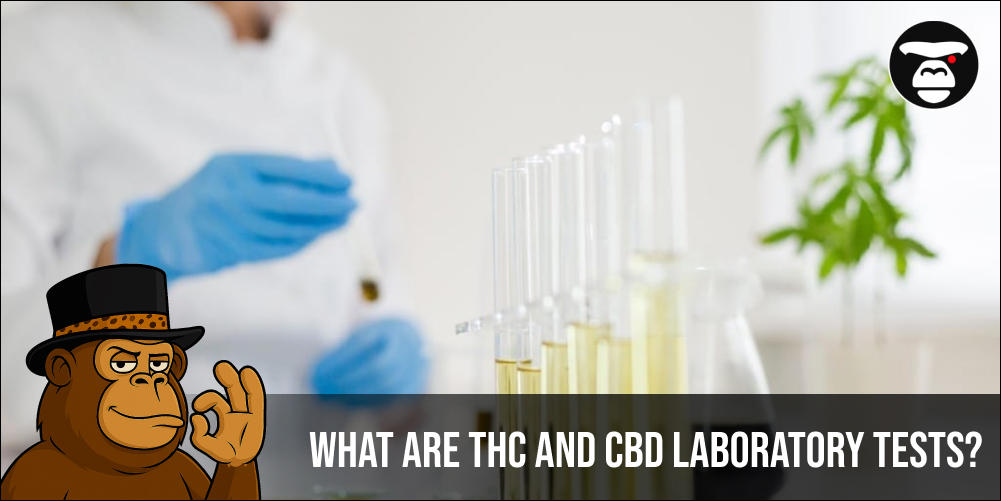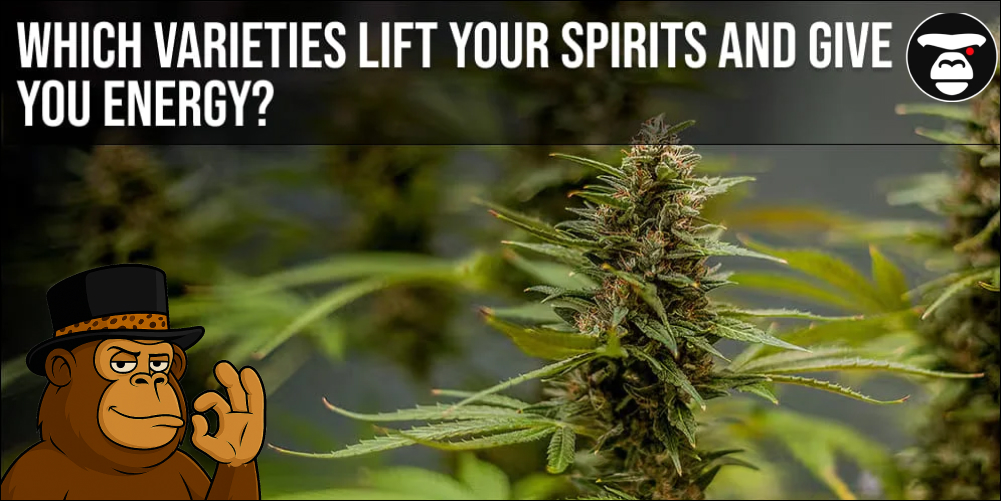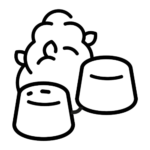What is Microdosing THC?
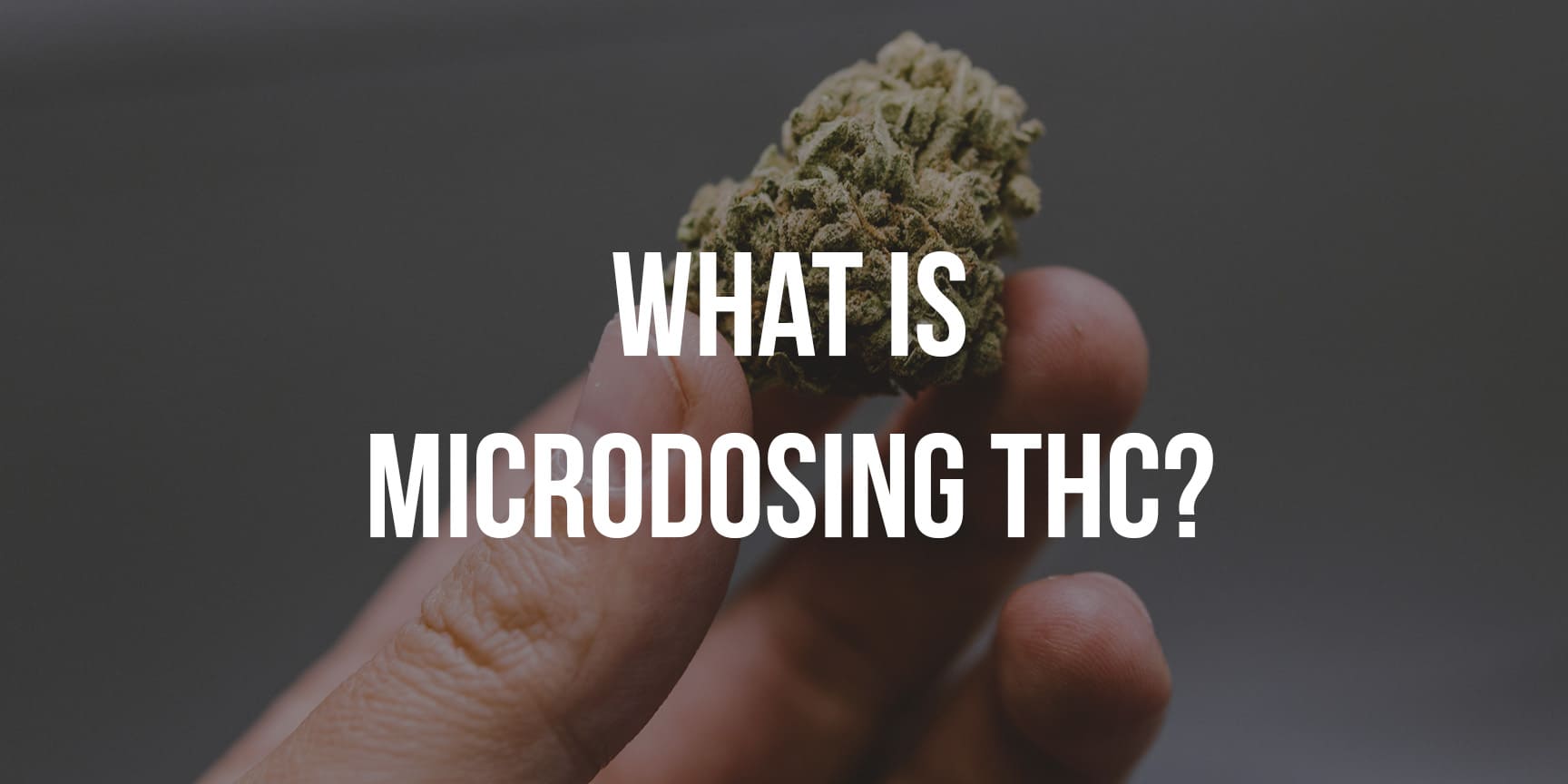
Microdosing THC has emerged as a popular approach among recreational and medical cannabis users, offering a way to experience the benefits of THC without interfering with daily activities.
Unlike regular dosing, which involves higher amounts of THC, microdosing entails consuming smaller doses to achieve subtle effects. This method allows individuals to find their optimal dosage gradually, starting with minimal amounts and adjusting as needed.
Microdosing offers several advantages, such as providing an ideal entry point for newcomers to cannabis, allowing for controlled experiences, and potentially reducing the risk of unwanted side effects.
It also enables the distribution of desired effects throughout the day and may have therapeutic benefits, including stress reduction, pain relief, and symptom alleviation.
With careful and gradual exploration, microdosing THC presents an intriguing option for individuals seeking a balanced and personalized cannabis experience.
What is Microdosing?

Microdosing is gaining popularity among recreational and medical cannabis users due to its ability to provide the desired effects of THC without disrupting daily activities.
Unlike regular dosing, which typically involves consuming higher amounts of THC, microdosing involves taking small doses of THC to achieve subtle effects. A standard dose of marijuana can range from 5mg to 10mg of THC, depending on tolerance and the specific cannabis product.
In contrast, microdosing can be as low as 1mg to 5mg, allowing individuals to start with minimal amounts and gradually increase as needed. Taking it slow is essential to ensure that the desired effects are achieved without overdoing it.
How to Start Microdosing THC
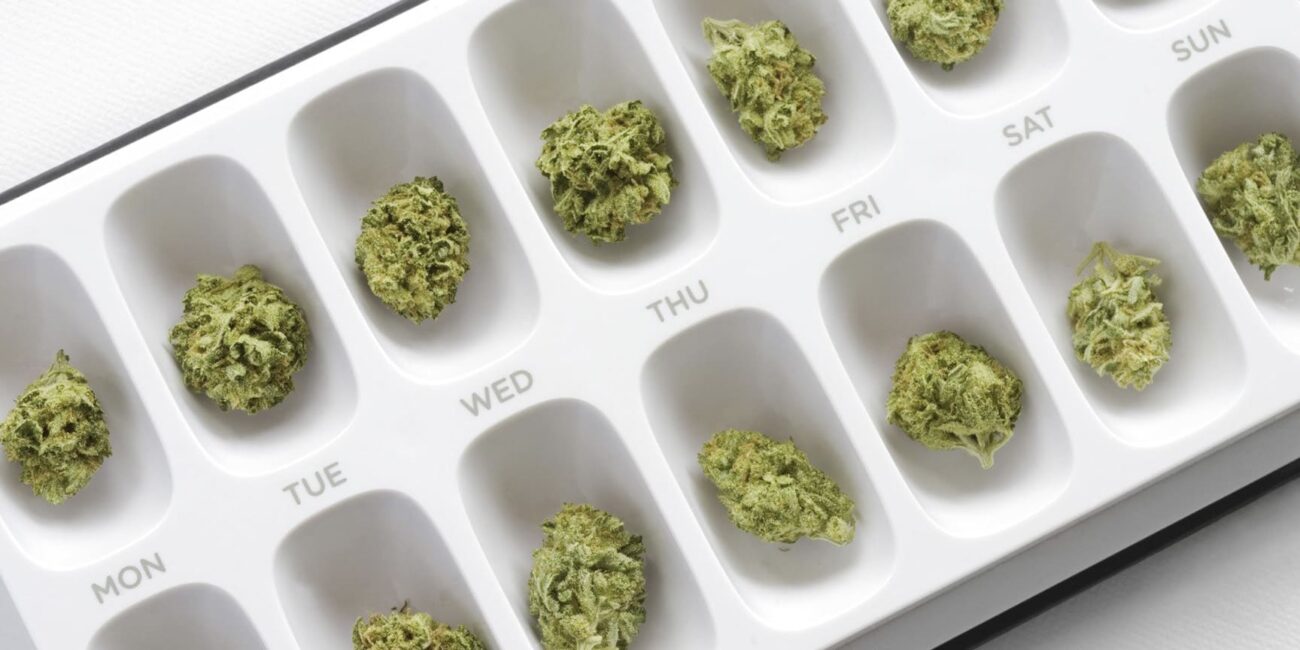
Microdosing THC typically begins with a starting dose of 2.5 mg, gradually increasing by 2.5 mg increments until therapeutic effects are achieved. At this low dose, most individuals hardly experience psychoactive effects.
The psychoactive effects of THC begin to be felt at around 5 mg, while doses of 7.5-10 mg can produce more pronounced psychoactive effects. Doses of 12.5 mg or higher can be highly psychoactive. However, these thresholds may vary depending on individual tolerance levels.
Using a tincture is one of the easiest methods to start microdosing cannabis due to its graded dropper, allowing for precise measurement of milliliters (ml). Tinctures provide total cannabinoid content and ratios, enabling users to calculate the amount of THC or other cannabinoids in each milliliter.
For instance, in a 30 ml tincture bottle containing 300 mg of THC, dividing the cannabinoid content by the bottle’s volume (300/30) reveals that there is 10 mg of THC per ml of the tincture.
Microdosing with raw flower can be more complex as cannabinoid content may vary naturally. As a general guideline, 1 gram of cannabis flower contains 1,000 mg of cannabinoids. If a strain measures 20% THC, 20% of the 1,000 mg will be THC, resulting in 200 mg of THC in 1 gram of cannabis flower.
For example, if you use half a gram of a strain with 20% THC for a joint, it would contain approximately 100 mg of THC. Similarly, the cannabinoid content of concentrates can be measured using the provided cannabinoid percentages on the packaging, assuming the concentrates have been tested.
You can also try low THC strains of weed from our catalog
Lemon Tree [indica dominant] — Sauce Cartridge
ACAI BERRY GELATO [Sativa] — Sauce Cartridge
benefits of microdosing THC

Microdosing THC offers several benefits, making it an excellent option for beginners and those seeking controlled, manageable experiences with marijuana. It provides an ideal entry point for newcomers to explore the world of cannabis, allowing them to experiment and find their optimal dosage.
By starting with the smallest possible amount and gradually increasing intake, individuals can discover their personal “sweet spot” dose. Taking a low and slow approach is always recommended.
Another advantage of microdosing is the ability to distribute the desired effects throughout the day by consuming multiple smaller doses instead of one larger amount. This can help maintain a consistent experience without overwhelming psychoactive effects.
Microdosing also allows individuals to access the health benefits of cannabinoids while minimizing potent, state-altering effects. It has been observed that smaller doses of THC can be more efficient in achieving desired therapeutic effects and potentially alleviate anxiety, as opposed to larger doses that may exacerbate anxiety levels.
Additionally, individuals can utilize microdosing to reset their tolerance to cannabis, which offers a means to regain sensitivity and maximize the benefits of marijuana use.
Microdosing THC may reduce stress
A study conducted by the University of Illinois at Chicago has revealed that low doses of THC can have stress-reducing effects, such as reducing anxiety in individuals who are about to speak in public.
Emma Childs, an Associate Professor of Psychiatry at the University of Illinois at Chicago College of Medicine, emphasized the significance of dosage in relation to the effects of THC. The research demonstrated that low doses of THC were effective in reducing stress, while higher doses had the opposite effect.
These findings highlight the importance of appropriate dosage when considering the effects of THC.
It may help reduce chronic pain in cancer patients
A study conducted by researchers from the U.S., the U.K., and Mexico has demonstrated the analgesic efficacy of low to medium doses of Nabiximols (also known as Sativex), a novel cannabinoid formulation.
The study focused on patients with advanced cancer who were experiencing pain that opioid therapy did not adequately relieve. Interestingly, the results revealed that patients who received higher doses of Nabiximols reported experiencing more pain compared to those who received low and medium doses.
These findings suggest that lower to moderate doses of Nabiximols may be more effective in providing pain relief in this particular patient population.
Help with the symptoms of PTSD
In a study involving incarcerated individuals with PTSD, researchers discovered that administering low doses of cannabinoids showed promise in reducing symptoms associated with the condition.
Specifically, the study found that cannabinoids at a low dosage were effective in alleviating PTSD-related insomnia, nightmares, chronic pain, and self-harm tendencies. These findings suggest that cannabinoids may have therapeutic potential in managing PTSD symptoms among incarcerated populations.
Microdosing THC may help reduce neuropathic pain
In a rigorously conducted trial that utilized randomization, double-blinding, and placebo control, researchers administered doses of 0.5 mg and 1 mg of THC to 27 individuals experiencing chronic neuropathic pain.
The results revealed that both doses of THC, as opposed to the placebo, exhibited a significant reduction in pain intensity. Notably, the researchers observed no indications of cognitive impairment at these specific dosage levels.
These findings highlight the potential of THC in effectively alleviating chronic neuropathic pain without negatively impacting cognitive function.
To begin with, you can try Infused Joints from our catalog.
In conclusion, microdosing THC has gained popularity as a method to harness the benefits of cannabis while minimizing unwanted effects. It allows individuals to start with low doses and gradually find their optimal dosage, making it an ideal approach for beginners and those seeking controlled cannabis experiences.
Research has shown that microdosing THC can have various therapeutic benefits, including stress reduction, pain relief in certain medical conditions, symptom alleviation in PTSD, and management of chronic neuropathic pain.
By starting with conservative doses, individuals can explore the potential benefits of THC while minimizing the risk of cognitive impairment or overwhelming psychoactive effects. Further research in this area will continue to shed light on the precise benefits and optimal strategies for microdosing THC.
You can also read our article “Does weed lower blood pressure?”










